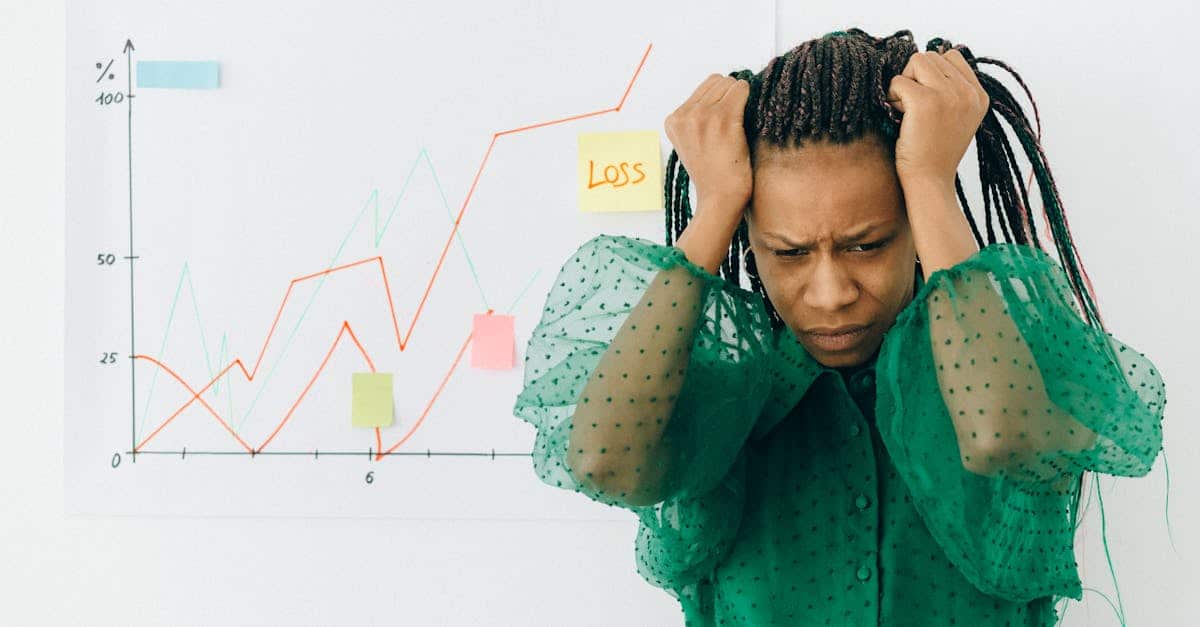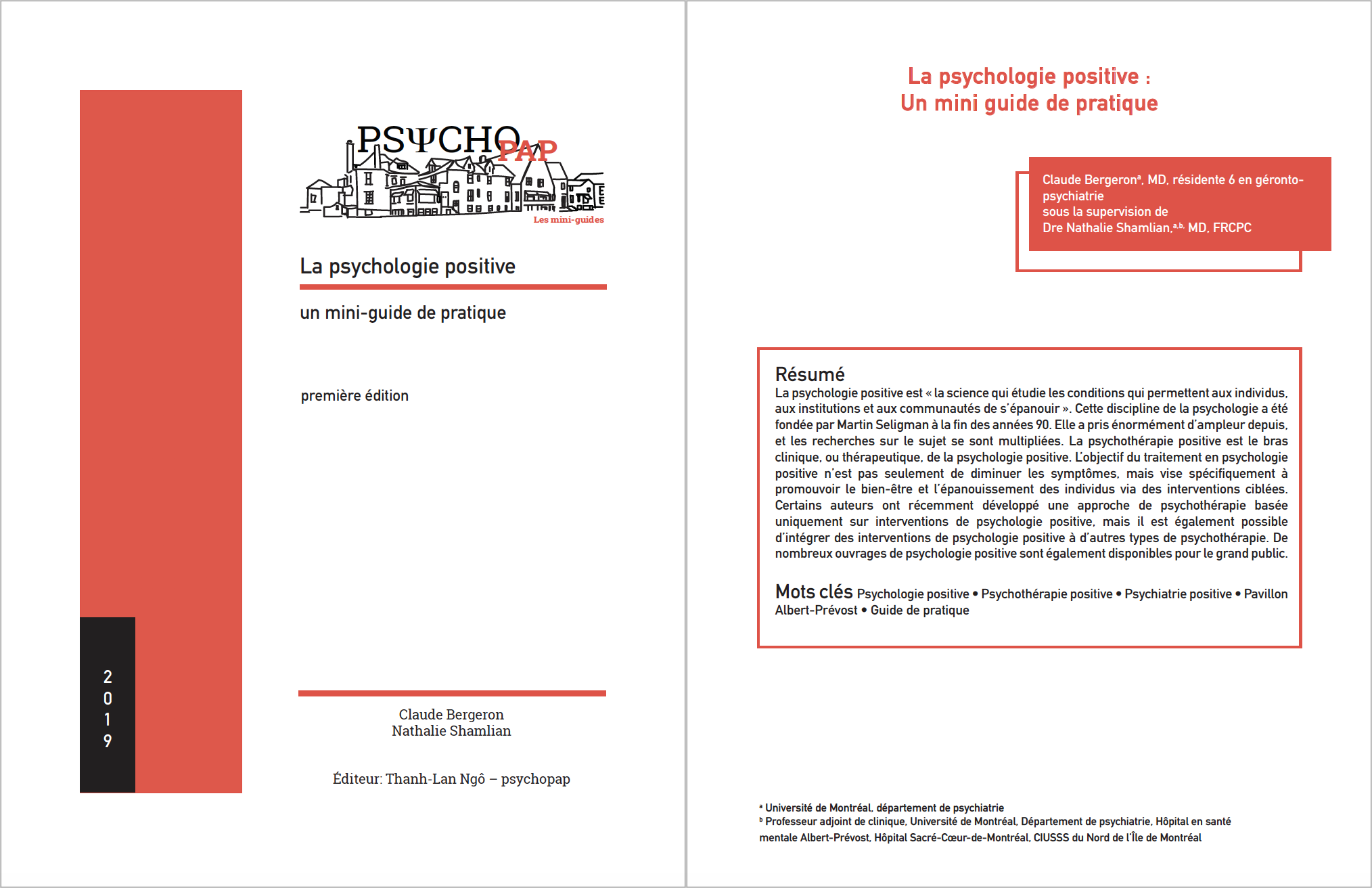The rise of AI-driven health technology has sparked considerable enthusiasm over the past year. With nearly six billion dollars invested, optimists see AI as a lifesaving solution for mental health. However, this optimistic view often overlooks the deep-rooted issues surrounding mental health in the United States.
Faced with a growing demand for care, traditional care models are no longer able to respond effectively due to logistical, financial, and personnel constraints. The introduction of therapeutic chatbots seems to offer an innovative solution, but it raises crucial questions about the true nature of the intimacy they can provide. Human interactions, essential for emotional healing, risk being supplanted by artificial relationships, leaving emotional needs unmet. Addressing the mental health crisis requires tackling its root causes, including interpersonal trauma and insecure attachments that influence so many psychological disorders.
AI chatbots can certainly implement principles of cognitive behavioral therapy (CBT) and generate superficial positive outcomes. However, they fail to address the mechanisms related to attachment relationships that often underlie symptoms and hinder recovery. This artificial intimacy can create an illusion of support without offering the necessary elements for true relational healing. Human interactions, based on trust and mutual understanding, remain irreplaceable for addressing deep emotional wounds.
Moreover, reliance on chatbots can have detrimental effects on individuals’ self-perception. The feeling of loneliness and despair can be exacerbated when individuals realize that their only intimate connection is with an artificial intelligence. Testimonials reveal that these interactions can lead to increased depression and social isolation, highlighting the limitations of AI in authentic emotional support.
On the other hand, peer support solutions, which have sustained the emotional health of societies for millennia, could be revitalized through AI. By improving the accessibility and quality of human interactions, AI can complement human interventions without replacing them. For example, AI can facilitate instant matching with peers who have similar experiences or provide resources tailored to specific situations, while enhancing the capabilities of human facilitators.
Ultimately, while chatbots can offer temporary comfort, they cannot substitute for the depth and complexity of human relationships necessary for true emotional healing. AI has the potential to enhance human interactions, but it must be used wisely so as not to compromise the social bonds essential to our mental well-being.

What is robot-assisted therapy?
Robot-assisted therapy represents an innovative technological advancement in the field of mental health. It involves the use of artificial intelligences and sophisticated chatbots to provide psychological support to individuals seeking help. These therapeutic robots are designed to simulate human interactions, providing empathetic responses tailored to users’ needs. The main goal is to make therapy more accessible, particularly in the face of a shortage of mental health professionals and logistical barriers that prevent many from receiving adequate support.
Robot-assisted therapies use advanced algorithms to analyze symptoms, detect emotions, and offer coping strategies based on proven techniques such as cognitive-behavioral therapy (CBT). Furthermore, they can be available 24/7, providing instant support in crises, which is essential in a context where mental health needs continue to rise. However, it is crucial to understand that these technologies do not fully replace human interaction but rather aim to complement it.
Massive investments in digital health: a lasting trend?
Last year, nearly six billion dollars were invested in AI-driven health-tech. This influx of capital underscores investors’ confidence in the transformative potential of AI to revolutionize healthcare, including mental health. Platforms like medtech-qui-transforment-le-paysage-de-la-sante/” target=”_blank”>Global Santé highlight innovations reshaping the medical landscape, making treatments more effective and accessible.
However, despite these significant investments, it is essential to temper this optimism. Digital health innovations must overcome significant challenges, such as scientific validation, integration into existing clinical practices, and acceptance by patients and health professionals. Additionally, it is crucial to ensure that these technologies do not create new forms of exclusion or artificial dependency, but rather seamlessly integrate into a human-centered care system.
What are the benefits of chatbots for mental health?
Therapeutic chatbots offer several notable advantages in the field of mental health. First, they enhance accessibility to care, particularly in underserved areas where mental health professional resources are limited. These robots can provide initial support, help identify early symptoms, and guide patients toward appropriate resources.
Second, chatbots are available 24/7, offering immediate assistance in crises, which is crucial to prevent potentially dangerous situations. Moreover, they can reduce the stigma associated with seeking psychological help, by offering an anonymous and discreet option for those hesitant to consult a human therapist.
Finally, chatbots can personalize interventions based on data collected from users, allowing for a more targeted and effective approach. That said, to maximize these benefits, it is essential that chatbots are integrated into a broader clinical framework, with mechanisms for follow-up and referral to professionals when necessary.
What are the limitations of robotic therapies?
Despite their many advantages, robot-assisted therapies pose significant limitations. One of the main criticisms concerns their ability to address the deep-rooted issues of mental health. Robots can manage symptoms and provide immediate support, but they cannot replace the complexity and depth of human interactions necessary for complete healing.
Another limitation is the difficulty in addressing issues such as interpersonal trauma or insecure attachments, which are often at the core of many mental health conditions. As the authors of World Psychiatry indicate, to effectively treat these disorders, it is essential to focus on human relationships and corrective attachment experiences, which chatbots cannot fully provide.
Additionally, there are concerns about the privacy and security of personal data collected by these technologies. Users’ trust relies on the assurance that their sensitive information will be protected and used ethically.
The risks of artificial intimacy in robotic therapies
One of the main risks associated with robot-assisted therapy is the formation of what experts call artificial intimacy. This concept refers to the pseudo-ethereal relationships that individuals may develop with AI agents, thus replacing genuine human interactions. While these relationships may offer temporary comfort, they may also lead to decreased self-esteem and an increased sense of isolation.
Studies have shown that interactions with chatbots are processed by the brain differently than human interactions, limiting their ability to positively influence actual human relationships. Consequently, despite an apparent artificial safety, these interactions do not suffice to meet individuals’ deep emotional needs.
Moreover, testimonies from individuals who have used robotic therapies reveal increased feelings of loneliness and despair once they realize that the intimacy offered by a chatbot is superficial and artificial. These experiences highlight the potential dangers of relying excessively on technology to fulfill complex emotional needs.
What human alternatives exist for large-scale mental health care?
Faced with the limitations of robotic therapies, proven human alternatives remain essential in addressing the mental health needs of the population. Peer support constitutes an age-old yet effective method, allowing individuals to share their experiences and support one another. This approach, known as relational healing, emphasizes authentic human relationships and healing through social interaction.
Unfortunately, the environments conducive to this type of support, such as “third places” (community gathering spots), have become scarce in our increasingly digitalized modern societies. However, some companies and initiatives are striving to revive this form of mutual aid by adapting traditional methods to contemporary contexts while integrating technologies to facilitate human connections without replacing them.
Organizations like Global Santé monitor and support innovative initiatives that combine technology and human interaction, ensuring that emerging solutions strengthen rather than replace the essential human bonds crucial to mental health.
How can AI support human interventions in mental health?
Rather than replacing human interactions, AI can play a crucial complementary role in mental health interventions. By utilizing advanced analytical capabilities, AI can enhance the quality and outcomes of human interactions by providing insights based on data collected from patients. For example, AI can help match patients with the most suitable therapists based on their specific needs, improving treatment effectiveness.
Additionally, AI can enrich interactions with feedback tools by measuring and reporting the feelings expressed by patients, allowing therapists to adjust their approaches in real time. This creates a continuous feedback loop that promotes constant improvement in therapeutic practices.
Furthermore, AI can identify and suggest additional resources tailored to patients’ specific situations, thus reinforcing social and emotional support. For instance, by detecting signs of crisis or distress, AI can alert health professionals for swift and appropriate intervention.
These capabilities demonstrate that AI, when used wisely, can enhance the work of human therapists, thereby increasing accessibility and quality of care without sacrificing the essence of the human relationships necessary for deep healing.
#>
Robot-assisted therapies are generating increasing interest in the field of mental health. With massive investments in artificial intelligence technologies, these robots offer greater accessibility to care, especially in areas where healthcare professionals are scarce. Their ability to provide constant and personalized support can meet a growing demand amid a shortage of traditional resources.
However, it is crucial to consider the limitations of these technologies. While robots can implement cognitive behavioral therapy principles and provide a safe space for expressing emotions, they do not replace the complexity of human interactions. Deep interpersonal relationships, essential for lasting healing, are difficult to replicate artificially. Moreover, reliance on artificial intimacy can generate feelings of loneliness and diminish self-esteem, as highlighted by some patient testimonials.
Another important aspect is the necessity to address the root causes of mental disorders, which often lie in human interactions and relational experiences. Robots can provide support, but they cannot address these fundamental dimensions of mental health. A balanced combination between technological innovations and traditional human approaches seems to be the most promising path forward.
In conclusion, robot-assisted therapies represent a significant advancement in improving the accessibility and effectiveness of mental health care. Nevertheless, they must be integrated complementarily with human interventions to ensure holistic and sustainable care. The future of mental health rests on a synergy between technology and humanity, where robots play a supportive role without ever replacing the essence of the essential human relationships necessary for healing.














